Home>Furniture & Design>Bathroom Accessories>When Was The Plunger Invented
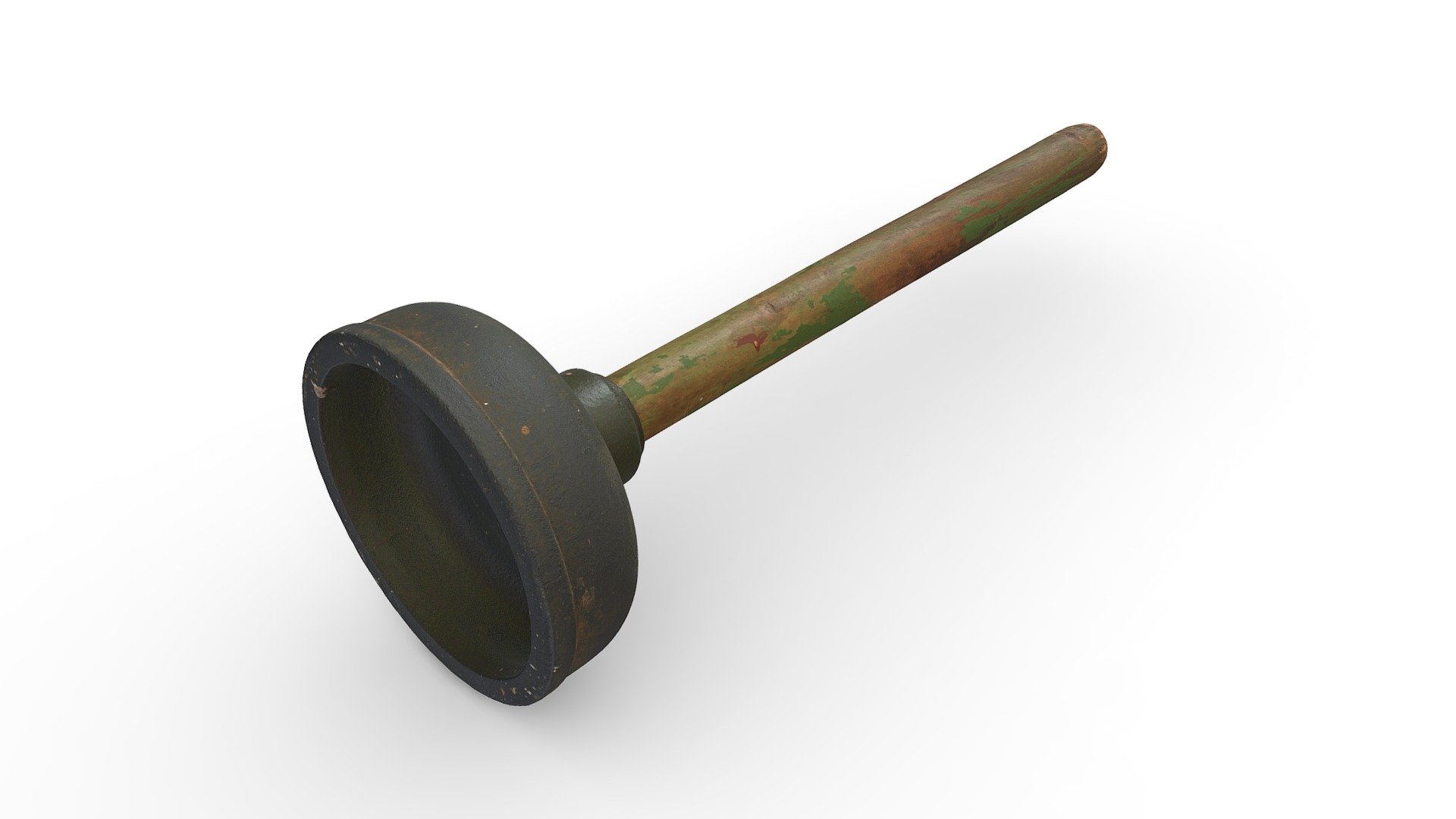

Bathroom Accessories
When Was The Plunger Invented
Published: February 11, 2024
Learn about the history of the plunger and its invention. Discover how this essential bathroom accessory has evolved over time.
(Many of the links in this article redirect to a specific reviewed product. Your purchase of these products through affiliate links helps to generate commission for Storables.com, at no extra cost. Learn more)
Introduction
The humble plunger is a household tool that often goes unnoticed until it's urgently needed. It's a simple yet ingenious device that has saved countless individuals from plumbing disasters. In this article, we'll delve into the fascinating history of the plunger, exploring its origins, evolution, and modern-day applications. From its early inception to its pivotal role in maintaining functional plumbing systems, the plunger has become an indispensable tool in every home.
The story of the plunger is one that intertwines with the evolution of plumbing and the ingenuity of human problem-solving. Understanding the origins of this essential tool provides insight into the resourcefulness of our ancestors and the timeless relevance of their innovations. As we embark on this exploration, we'll uncover the pivotal moments that led to the creation of the plunger and its enduring impact on our daily lives.
Join us on a journey through time as we unravel the mysteries behind the invention of the plunger and its transformation into a staple tool for addressing common plumbing issues. From its early days to its modern adaptations, the plunger has remained a steadfast companion in the realm of household maintenance. Let's embark on this enlightening expedition to uncover the remarkable history and significance of the plunger.
Key Takeaways:
- The plunger, invented in the late 18th century, has evolved from a simple suction device to a versatile tool, addressing common plumbing issues with ingenuity and practicality.
- From ancient civilizations to modern homes, the plunger’s enduring relevance reflects human adaptability and innovation in solving everyday challenges, ensuring the functionality of essential fixtures.
Read more: When Was The Bathtub Invented
Early History of Plumbing
The history of plumbing can be traced back to ancient civilizations, where early forms of plumbing systems were developed to address the fundamental human need for clean water and efficient waste disposal. The Indus Valley Civilization, dating back to 2700 BC, is renowned for its advanced sanitation and drainage systems, showcasing the ingenuity of early plumbing practices. Similarly, the ancient Romans constructed elaborate aqueducts and sewage systems, demonstrating a sophisticated understanding of hydraulic engineering.
Throughout history, various cultures have contributed to the evolution of plumbing, with innovations ranging from underground sewage channels to intricate pipe networks. These advancements laid the groundwork for the development of modern plumbing systems, shaping the way we manage water resources and maintain sanitary living conditions.
The concept of indoor plumbing began to take shape during the Middle Ages, particularly in wealthy households and monasteries. However, it wasn't until the 19th century that significant strides were made in public sanitation and water supply. The emergence of urbanization and industrialization prompted the need for comprehensive plumbing infrastructure to support growing populations.
As cities expanded, the demand for efficient waste removal and potable water distribution became increasingly pressing. This led to the implementation of sewer systems, water mains, and indoor plumbing fixtures, revolutionizing the way water was utilized and managed within urban environments.
The early history of plumbing reflects humanity's relentless pursuit of improved living standards and public health. From ancient civilizations to the industrial era, the evolution of plumbing has been intertwined with societal progress and technological innovation. The foundational principles established by our predecessors continue to shape modern plumbing practices, emphasizing the importance of sustainable water management and sanitation.
The historical legacy of plumbing serves as a testament to human adaptability and problem-solving prowess, laying the groundwork for the development of essential tools such as the plunger. Understanding the historical context of plumbing provides valuable insights into the significance of tools and techniques that have become integral to our daily lives.
The Need for a Plunger
The evolution of plumbing systems brought about unprecedented convenience and improved sanitation, yet it also introduced a new set of challenges. As indoor plumbing became commonplace, so did the occurrence of clogged drains and toilets. The need for a tool capable of dislodging obstructions within pipes and fixtures became increasingly apparent. This necessity stemmed from the inherent vulnerabilities of plumbing systems, where blockages could disrupt the flow of water and lead to unsanitary conditions.
Clogs, whether caused by organic matter, foreign objects, or sediment buildup, posed a persistent threat to the functionality of plumbing fixtures. Without a reliable method for addressing these blockages, households and public facilities were susceptible to inconveniences and potential health hazards. The urgency of this predicament fueled the demand for a practical solution that could effectively clear obstructions without causing damage to the plumbing infrastructure.
The need for a plunger arose from the desire to mitigate the disruptive effects of clogged drains and toilets. Its primary purpose was to provide a non-invasive means of restoring proper water flow by creating hydraulic pressure to dislodge blockages. This simple yet ingenious concept addressed a fundamental requirement in maintaining functional plumbing systems: the ability to swiftly and effectively resolve common obstructions without resorting to complex or costly interventions.
The widespread adoption of the plunger as a standard household tool underscored its indispensable role in addressing everyday plumbing issues. Its versatility in clearing both sink and toilet blockages made it a universal solution for households, commercial establishments, and public facilities. The need for a plunger transcended socio-economic boundaries, as plumbing challenges were ubiquitous and required a practical, accessible remedy.
In essence, the need for a plunger was driven by the imperative to uphold the reliability and functionality of indoor plumbing. Its emergence as a fundamental tool in plumbing maintenance epitomized the ingenuity of addressing a common yet impactful problem with a straightforward and effective solution. The enduring relevance of the plunger is a testament to its enduring significance in preserving the integrity of plumbing systems and ensuring the seamless operation of essential fixtures.
Invention of the Plunger
The invention of the plunger can be attributed to the innovative spirit of individuals seeking practical solutions to common plumbing challenges. While the precise origin of the plunger remains a subject of historical debate, its conceptual foundation can be traced back to the need for a tool capable of clearing obstructions within plumbing fixtures.
One of the earliest documented instances of a plunger-like device dates back to the late 18th century, where a suction-based apparatus was utilized to create hydraulic pressure for clearing blockages in pipes. This rudimentary precursor to the modern plunger laid the groundwork for subsequent refinements and adaptations.
The pivotal moment in the evolution of the plunger came with the introduction of the force cup plunger, characterized by its distinctive rubber cup and wooden handle. This design revolutionized the effectiveness of plunging by harnessing the power of suction to dislodge obstructions. The force cup plunger represented a significant leap forward in plumbing maintenance, offering a reliable and non-destructive method for addressing clogs in drains and toilets.
The 20th century witnessed further advancements in plunger design, with the introduction of the accordion plunger and the flange plunger, each tailored to address specific types of blockages. These iterations showcased the ongoing innovation and refinement of plunging technology, catering to diverse plumbing needs with specialized features and enhanced efficacy.
The widespread adoption of the plunger as a staple household tool solidified its status as an indispensable instrument for addressing common plumbing issues. Its evolution from rudimentary suction devices to specialized plunging mechanisms underscored the enduring relevance of its fundamental concept: creating hydraulic pressure to dislodge obstructions.
The invention of the plunger exemplifies the ingenuity of human problem-solving, where a simple yet effective tool has transcended centuries to become an essential component of every home's plumbing arsenal. Its enduring legacy serves as a testament to the timeless value of practical innovation in addressing everyday challenges, ensuring the continued functionality and convenience of plumbing systems.
The modern plunger was invented in 1874 by John S. Hawley. It’s a simple but effective tool for unclogging drains and toilets.
Evolution of the Plunger
The evolution of the plunger represents a remarkable journey of innovation and adaptation, driven by the persistent need to address common plumbing challenges with efficiency and effectiveness. From its humble origins to its modern iterations, the plunger has undergone significant transformations, reflecting the ingenuity of individuals in refining its design and functionality.
The early iterations of plungers were characterized by rudimentary suction-based devices, which laid the groundwork for subsequent advancements. One of the pivotal moments in the plunger's evolution came with the introduction of the force cup plunger, featuring a rubber cup and wooden handle. This design revolutionized the plunging process by harnessing the power of suction to create hydraulic pressure, effectively dislodging obstructions in drains and toilets.
As plumbing technologies advanced, so did the plunger's design. The accordion plunger and the flange plunger emerged as specialized variants tailored to address specific types of blockages. The accordion plunger, with its accordion-like extension, proved particularly effective in clearing toilet obstructions, while the flange plunger, equipped with a soft rubber flap, excelled in addressing sink and drain clogs. These specialized adaptations showcased the versatility and efficacy of plungers in addressing diverse plumbing issues.
In addition to design refinements, the materials used in plunger construction have also evolved. Traditional wooden handles have given way to durable plastic and metal components, enhancing the durability and longevity of modern plungers. Furthermore, the introduction of ergonomic handles and improved suction cups has elevated user comfort and plunging efficiency, making the task of clearing blockages more convenient and less strenuous.
The evolution of the plunger extends beyond its physical attributes, encompassing technological advancements that have augmented its functionality. The integration of antimicrobial materials in plunger construction has addressed hygiene concerns, ensuring that plungers remain sanitary and safe for household use. Additionally, innovative designs, such as the bellows plunger, have further optimized plunging efficiency, offering enhanced suction and pressure generation for tackling stubborn clogs.
The enduring relevance of the plunger in modern plumbing maintenance is a testament to its continual evolution and adaptation to meet evolving needs. From its early suction-based predecessors to its specialized contemporary counterparts, the plunger has remained a steadfast ally in addressing common plumbing challenges. Its evolution exemplifies the enduring commitment to refining and enhancing essential tools, ensuring their efficacy and utility in preserving the functionality of plumbing systems.
The evolution of the plunger stands as a testament to the enduring relevance of practical innovation in addressing everyday challenges, ensuring the continued functionality and convenience of plumbing systems.
Read more: When Was BBQ Invented
Modern Uses of the Plunger
In the modern era, the plunger remains an indispensable tool for addressing a wide range of plumbing issues, showcasing its versatility and enduring relevance in household maintenance. Its primary function of clearing clogged drains and toilets continues to be its most prominent application, offering a non-invasive and effective solution to common plumbing challenges.
The plunger's adaptability extends beyond traditional plumbing fixtures, encompassing diverse applications in maintaining household drainage systems. From kitchen sinks to shower drains, the plunger serves as a universal remedy for addressing blockages caused by organic matter, soap scum, and debris. Its ability to create hydraulic pressure and dislodge obstructions without causing damage to pipes makes it a preferred choice for homeowners seeking a practical and accessible solution to minor plumbing issues.
Furthermore, the plunger's utility extends to addressing slow or partially clogged drains, where its suction-based mechanism can help restore proper water flow without the need for harsh chemical drain cleaners. This eco-friendly approach to drain maintenance aligns with contemporary sustainability practices, offering a non-toxic and efficient method for resolving common drainage issues.
In addition to its traditional applications, the plunger has found relevance in unconventional settings, such as maintaining outdoor drainage systems and utility sinks. Its effectiveness in clearing blockages in outdoor drains and utility fixtures underscores its versatility in addressing a diverse array of plumbing challenges, transcending the confines of conventional indoor plumbing.
Moreover, the plunger's role in preventive maintenance should not be overlooked. Regularly using a plunger to clear minor clogs can help prevent the accumulation of debris and sediment within pipes, contributing to the long-term functionality and longevity of plumbing fixtures. This proactive approach to plumbing maintenance aligns with modern homeowners' emphasis on preventive care and sustainable resource management.
The modern uses of the plunger exemplify its enduring relevance as a practical and accessible tool for maintaining household plumbing systems. Its versatility, eco-friendly approach, and preventive maintenance applications position it as a timeless ally in addressing common plumbing challenges, ensuring the continued functionality and convenience of essential fixtures.
Conclusion
The journey through the history and evolution of the plunger unveils a compelling narrative of human ingenuity and practical innovation. From its humble origins as a rudimentary suction device to its modern-day specialized iterations, the plunger has remained a steadfast ally in addressing common plumbing challenges. Its enduring relevance as a household essential reflects its timeless utility and adaptability in maintaining plumbing systems.
The invention of the plunger marked a pivotal moment in the evolution of plumbing maintenance, offering a non-invasive and effective solution to the persistent issue of clogged drains and toilets. Its conceptual foundation, rooted in the creation of hydraulic pressure to dislodge obstructions, has stood the test of time, transcending centuries to become an indispensable tool in every home.
The plunger's evolution reflects the ongoing commitment to refining and enhancing essential tools, ensuring their efficacy and utility in preserving the functionality of plumbing systems. From the introduction of specialized variants to the integration of ergonomic designs and antimicrobial materials, the plunger has continually adapted to meet evolving needs while maintaining its fundamental effectiveness.
In the modern era, the plunger's versatility extends beyond traditional plumbing fixtures, encompassing diverse applications in maintaining household drainage systems. Its eco-friendly approach to drain maintenance and preventive care aligns with contemporary sustainability practices, positioning it as a timeless ally in addressing common plumbing challenges.
As we reflect on the remarkable history and enduring relevance of the plunger, it becomes evident that its significance extends far beyond its utilitarian function. The plunger embodies the spirit of practical problem-solving, offering a tangible testament to human adaptability and innovation. Its presence in every home serves as a reminder of our ability to devise simple yet effective solutions to everyday challenges, ensuring the continued functionality and convenience of essential fixtures.
In conclusion, the plunger stands as a testament to the enduring relevance of practical innovation in addressing everyday challenges, ensuring the continued functionality and convenience of plumbing systems. Its remarkable journey from antiquity to modernity underscores its timeless value as a household staple, embodying the resilience and resourcefulness of human craftsmanship.
Frequently Asked Questions about When Was The Plunger Invented
Was this page helpful?
At Storables.com, we guarantee accurate and reliable information. Our content, validated by Expert Board Contributors, is crafted following stringent Editorial Policies. We're committed to providing you with well-researched, expert-backed insights for all your informational needs.
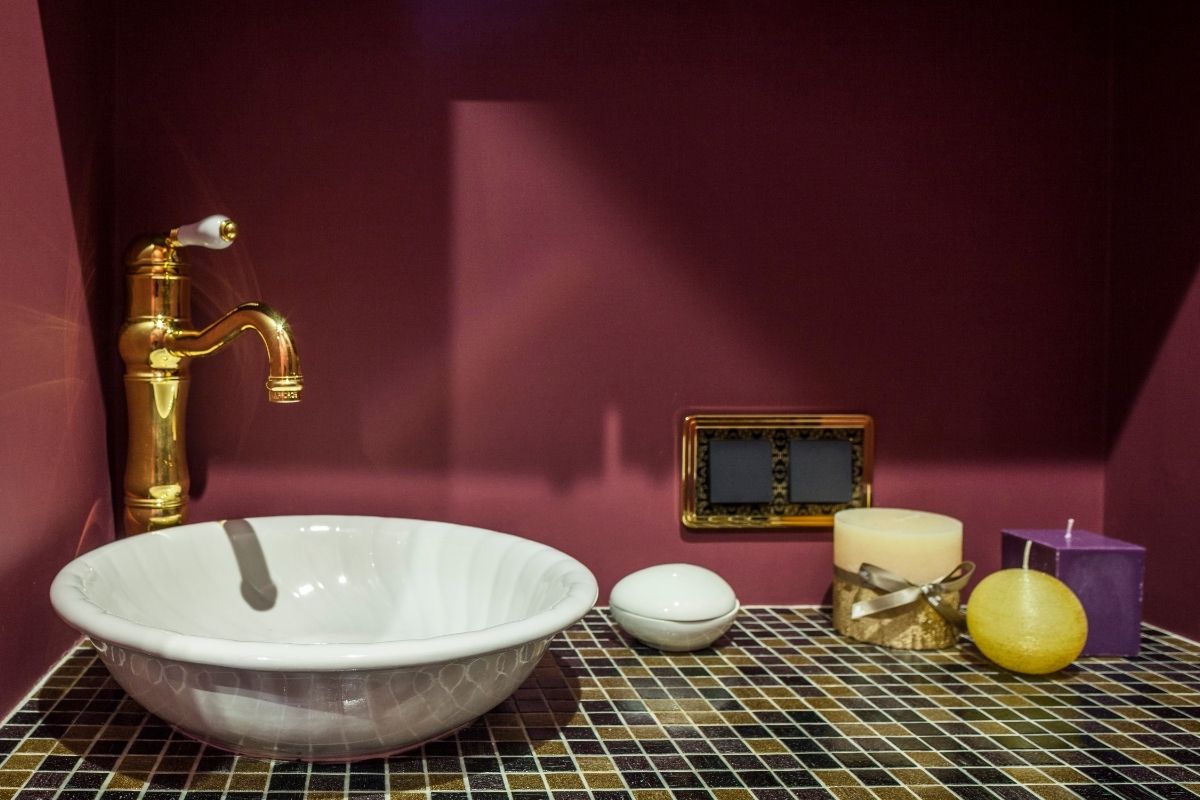



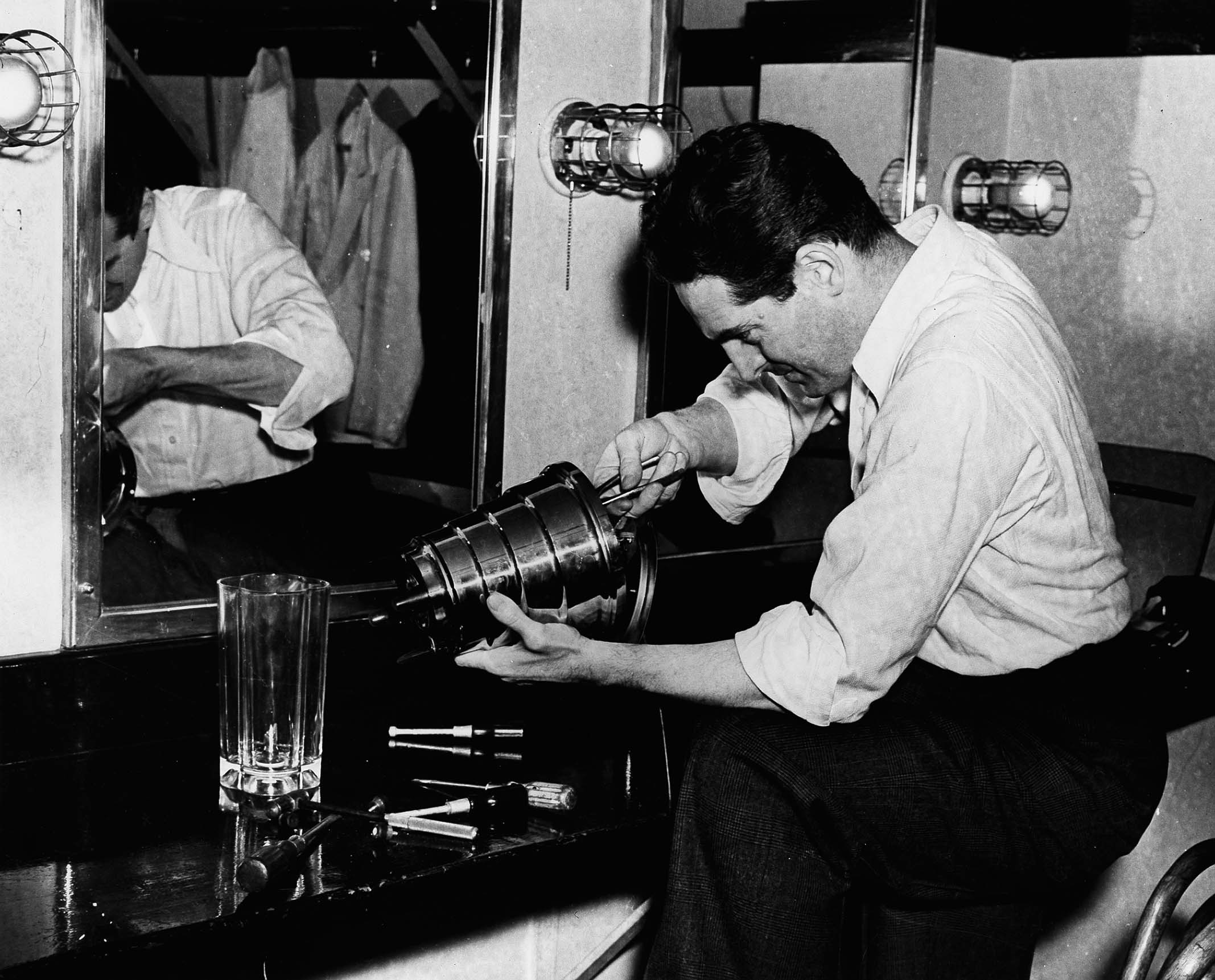
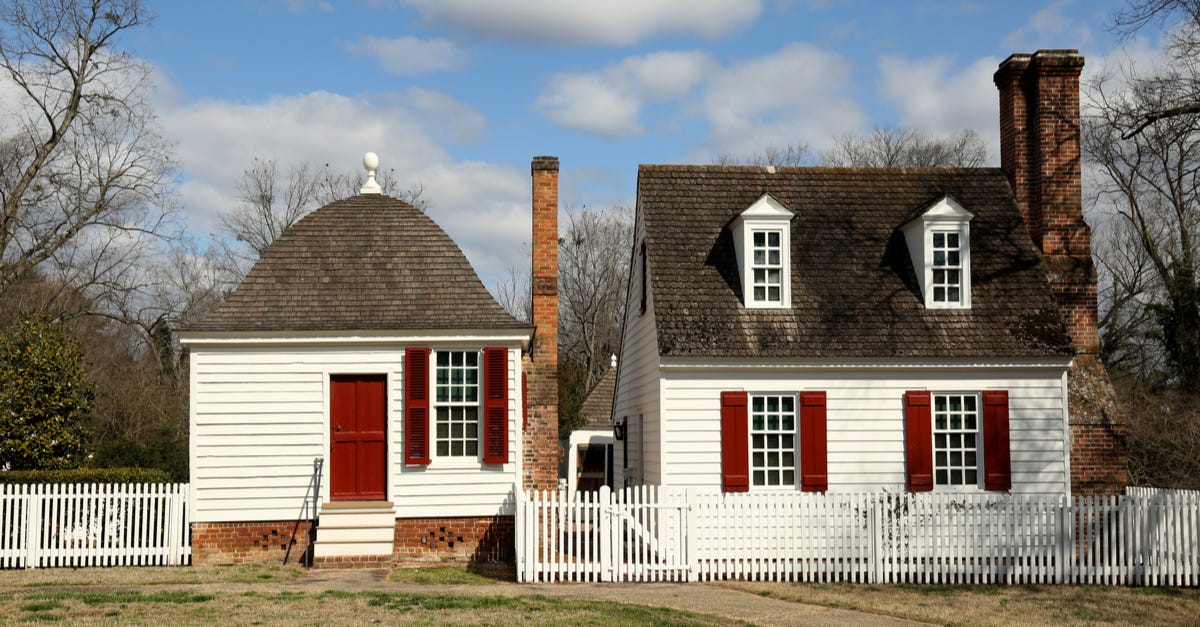


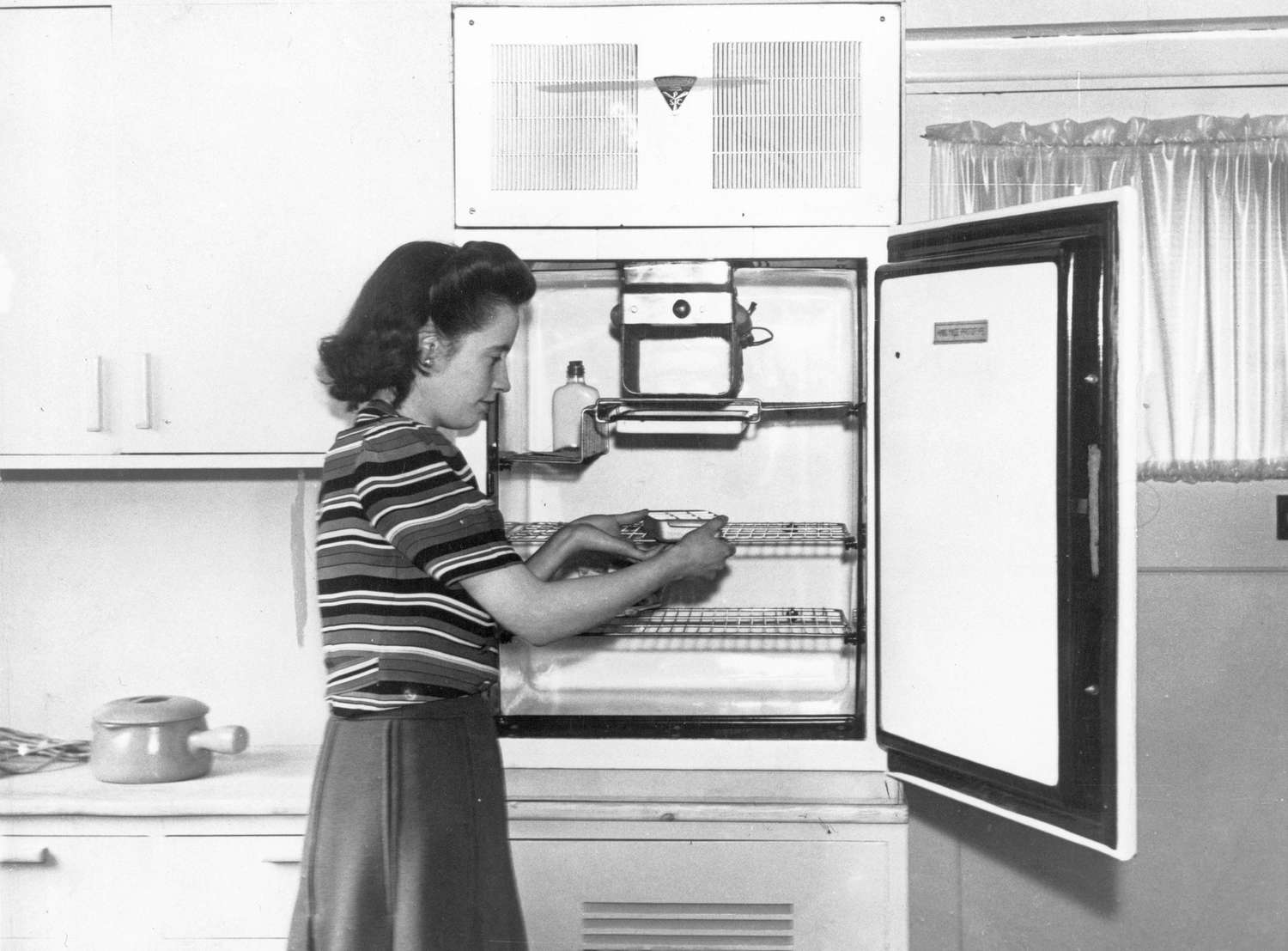

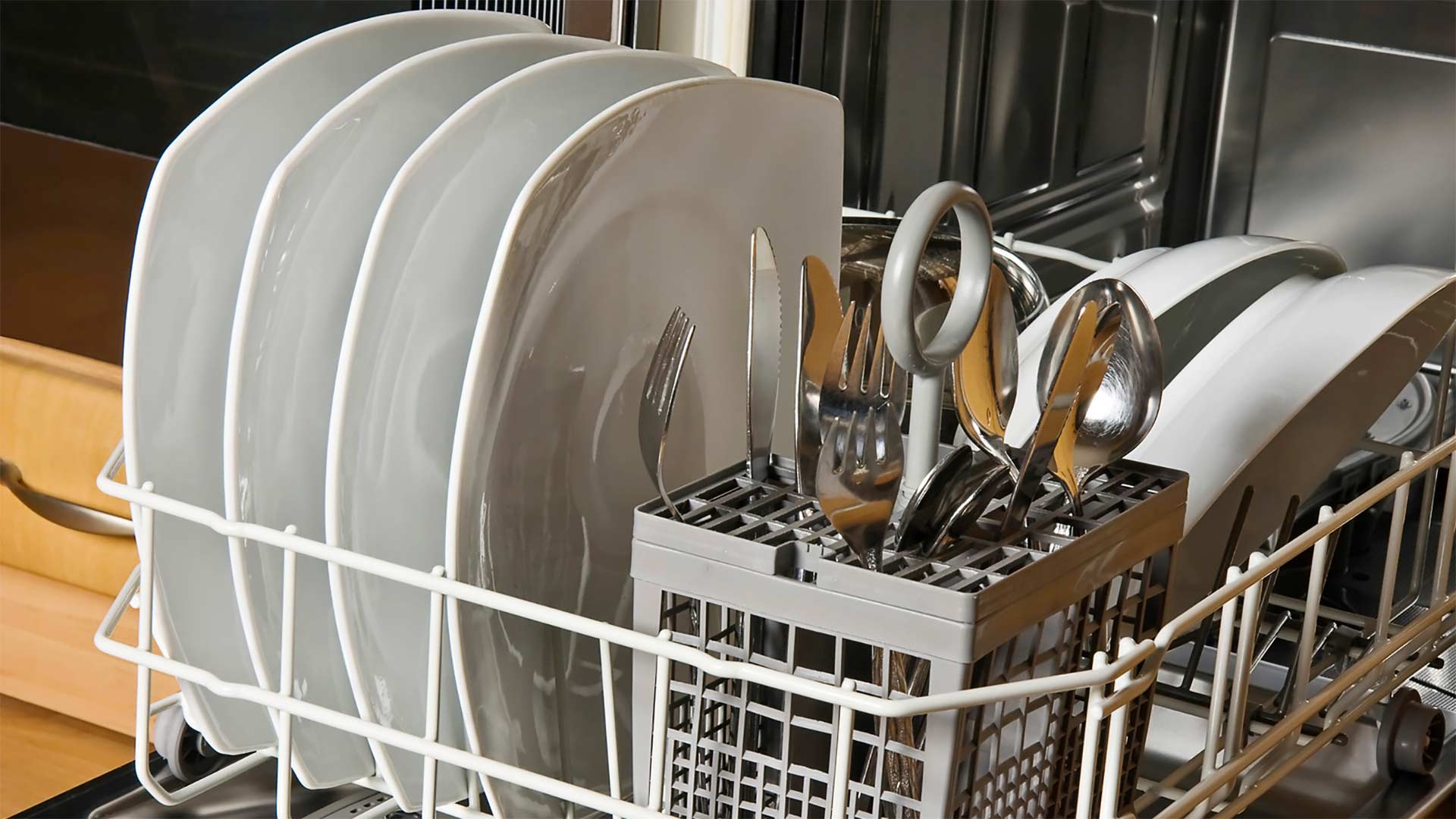
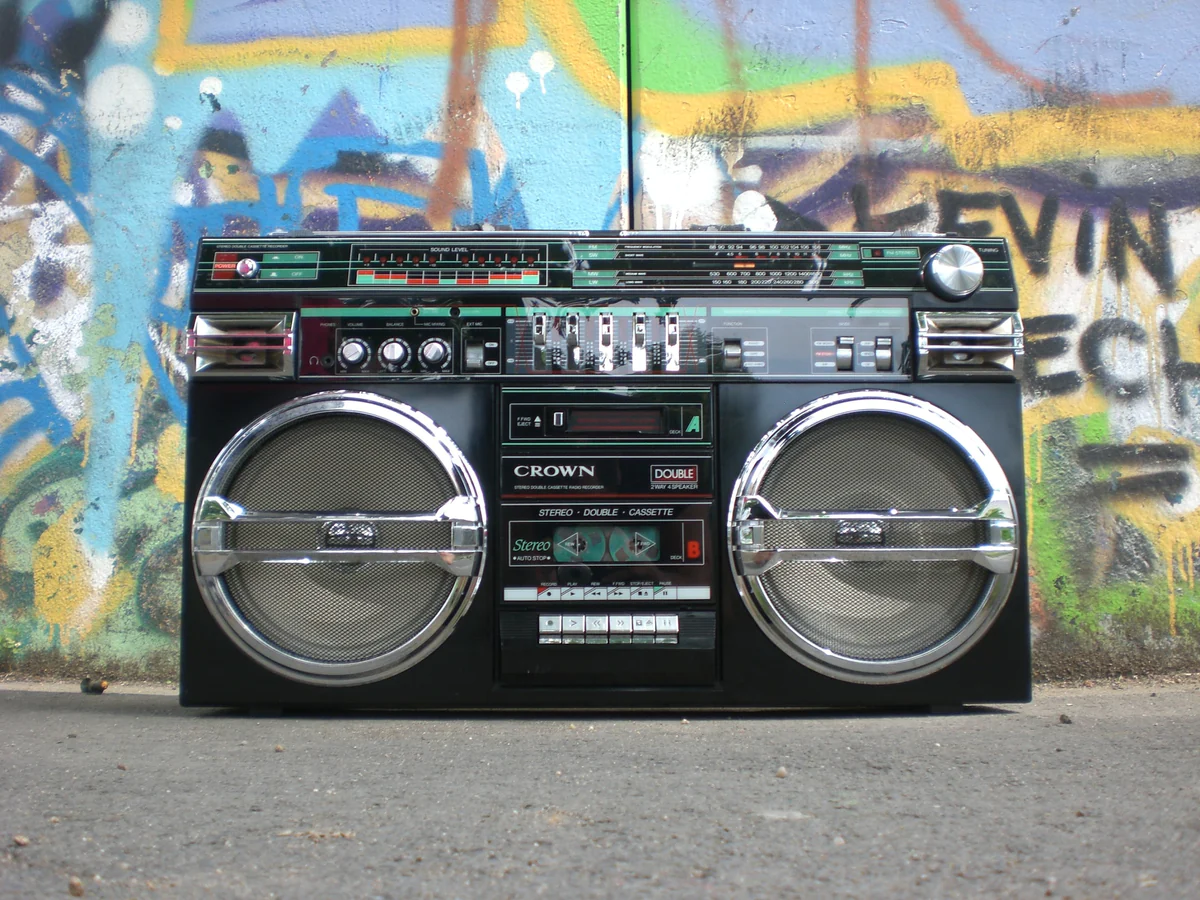
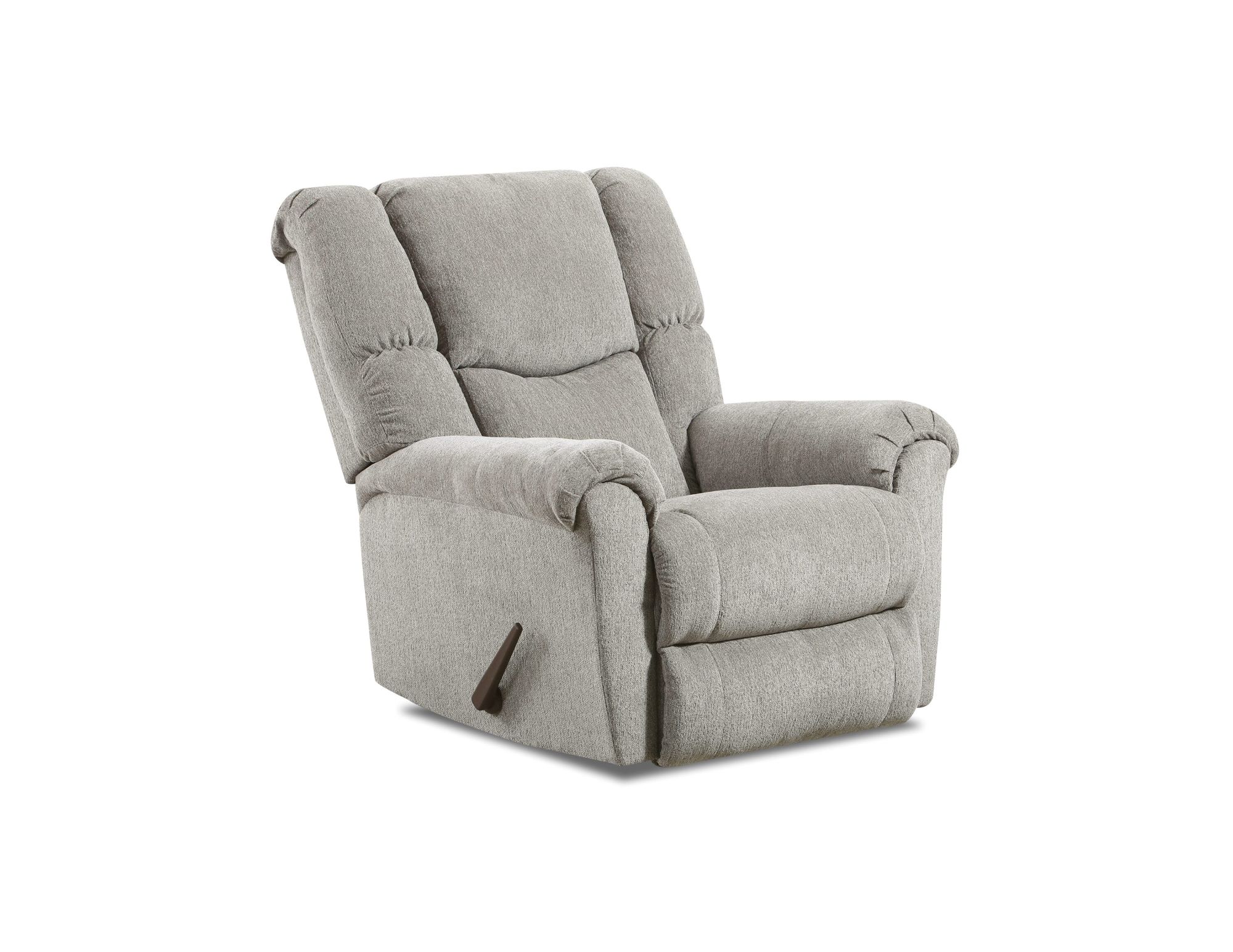


0 thoughts on “When Was The Plunger Invented”